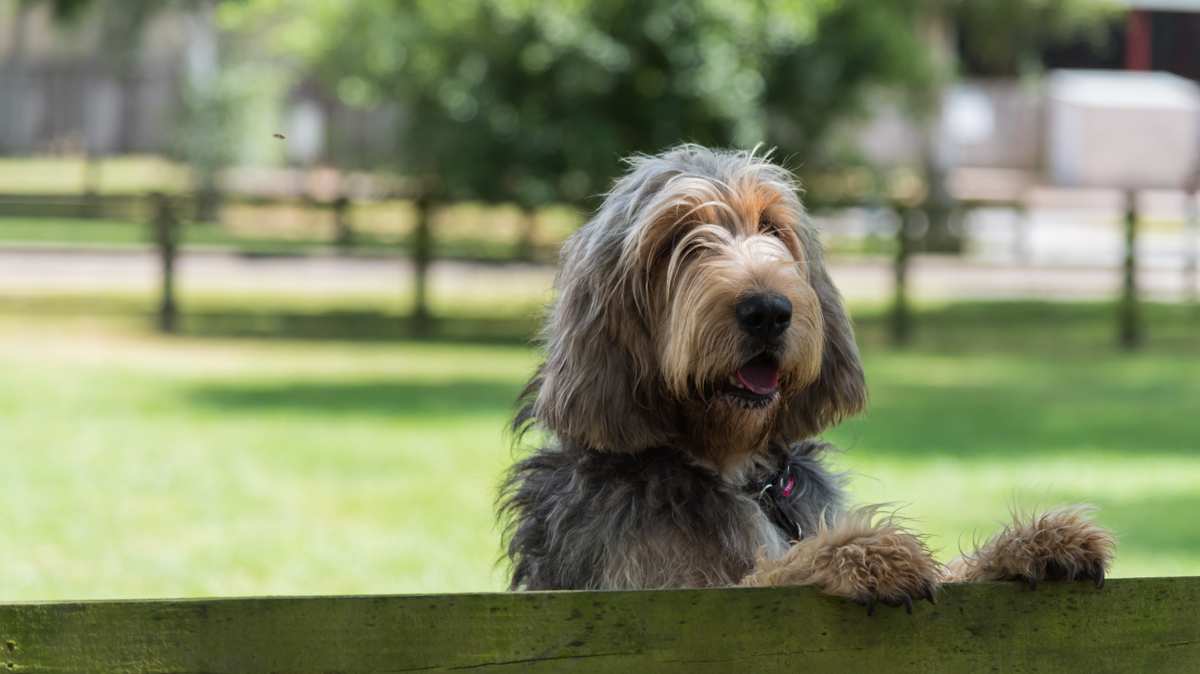Otterhound Breed Details
The Otterhound is an English breed with the first types appearing as early as the 12th century (before it was considered a breed). The Otterhound Club of America suggests they are a product of the (now extinct) Southern Hound, the Blood Hound, and some wiry, rough coated French breeds. As the name suggests, these dogs were used to hunt otter that were killing and eating the fish from the ponds and streams. They were prized hunting companions of both Kings and the average citizen for centuries. The breed made its way to America in the early 1900s and was accepted as part of the AKC's Hound Group; Blue Fairly Otterhounds and Teckelgath Otterhounds are two of the AKC's most notable affiliated kennels. An increase in pollution decimated the otter population to the point where the hunting of these critters was outlawed during the late 1970's. The Otterhound went from rare to nearly extinct and to this day the AKC and Otterhound Club of America state they are rarer than the Giant Panda! This breed is certainly not for every owner-- consider out list of pros and cons to decide whether the breed is right for you:
